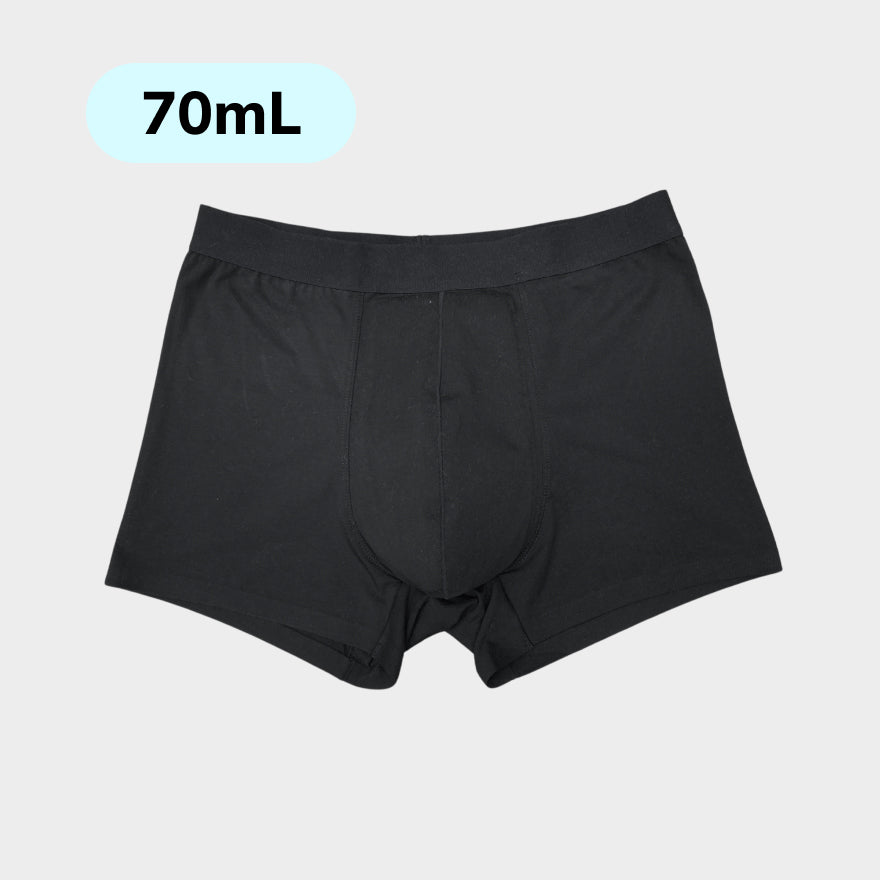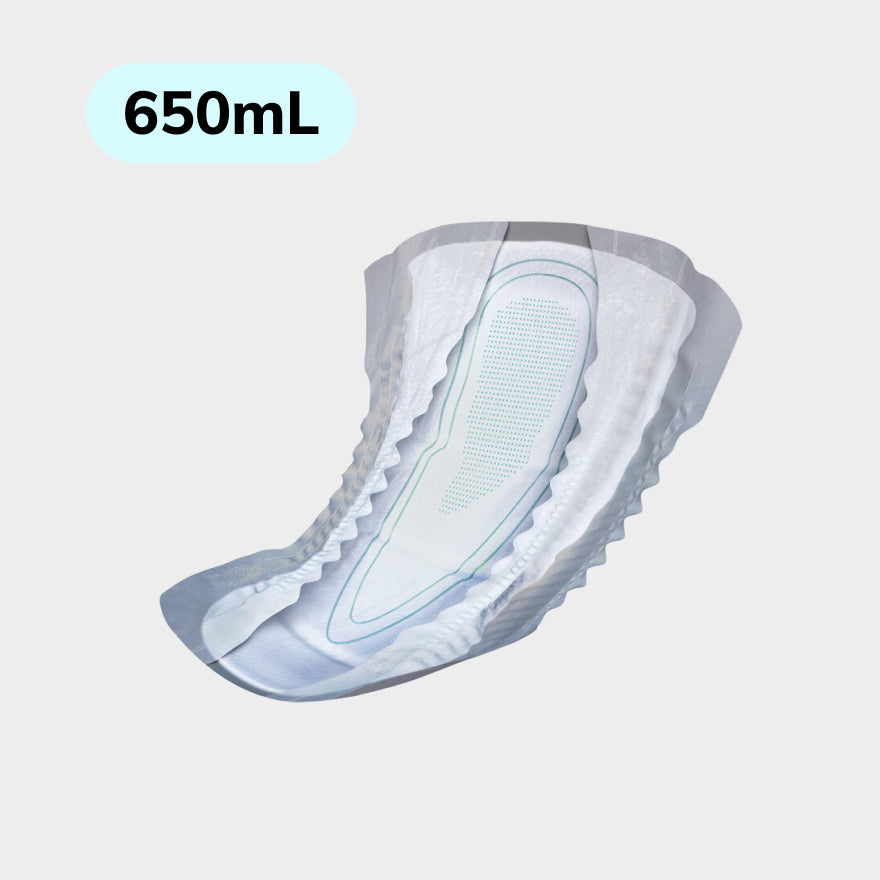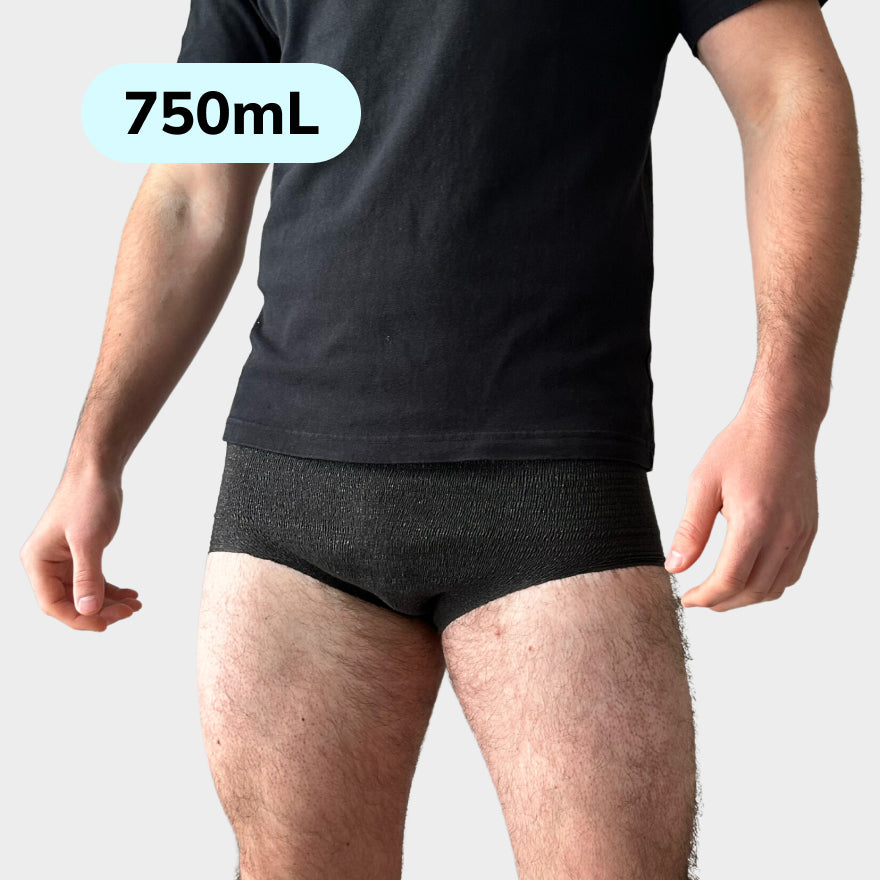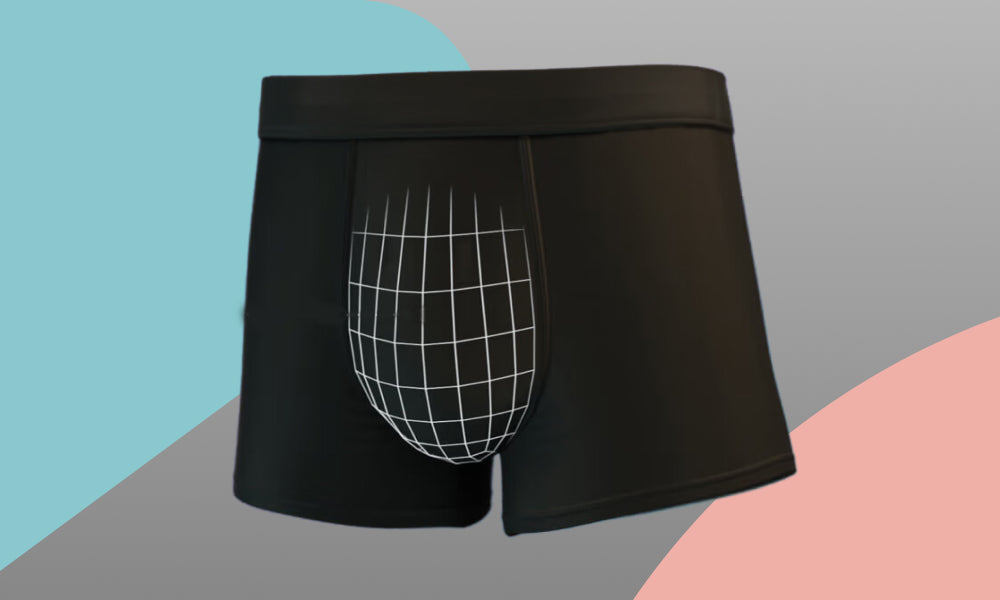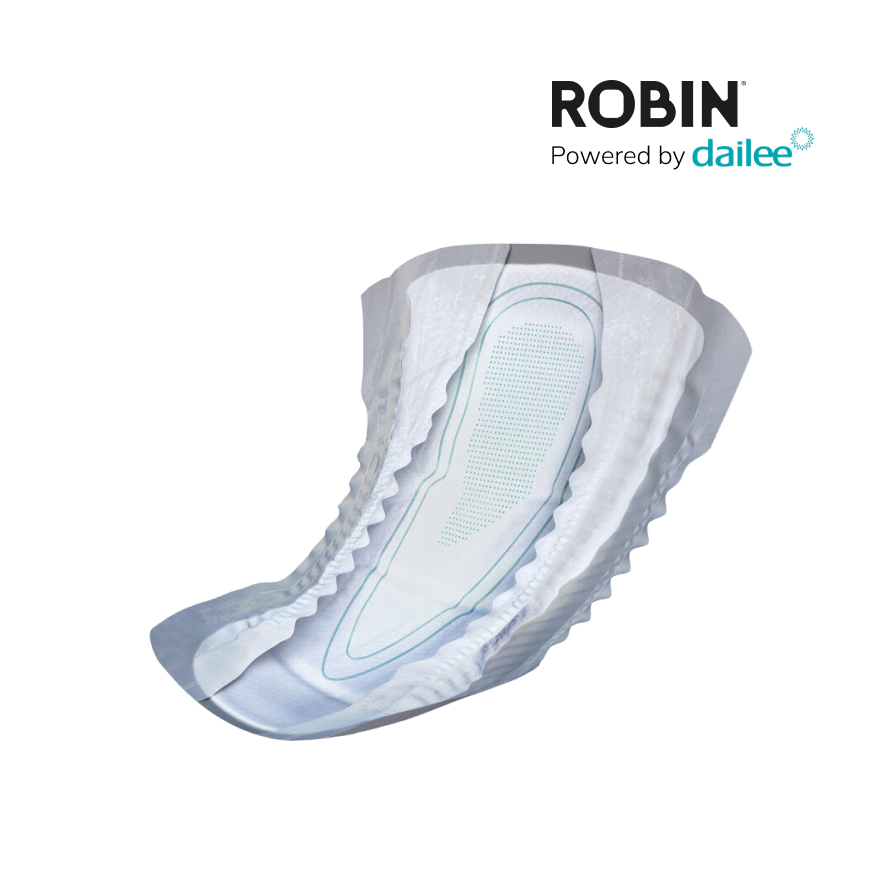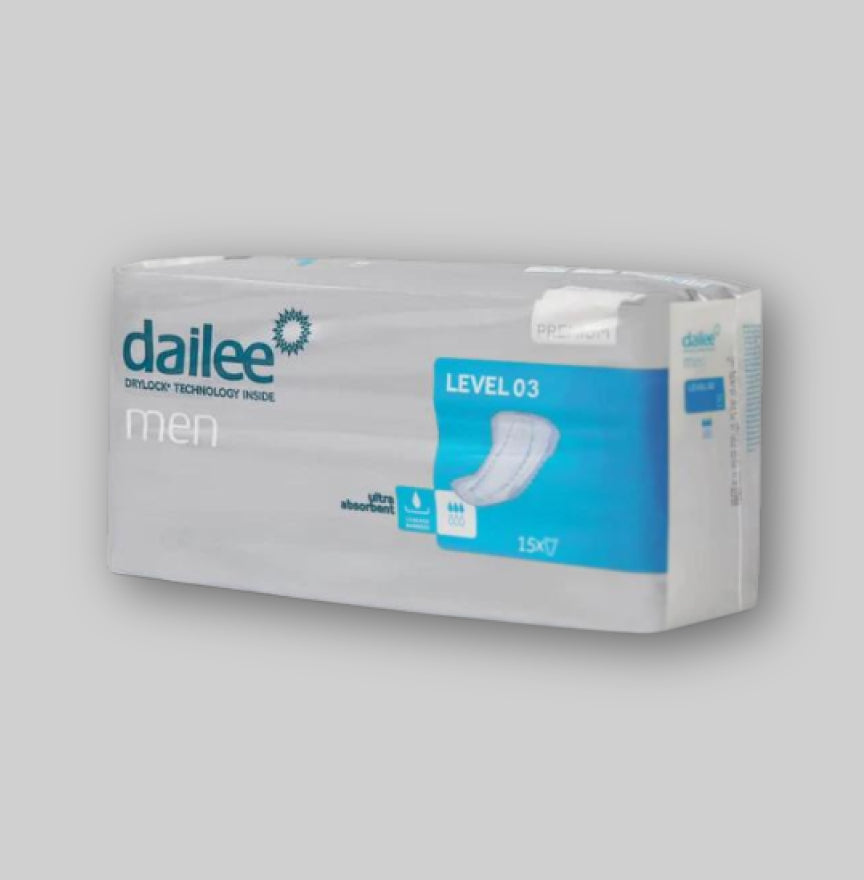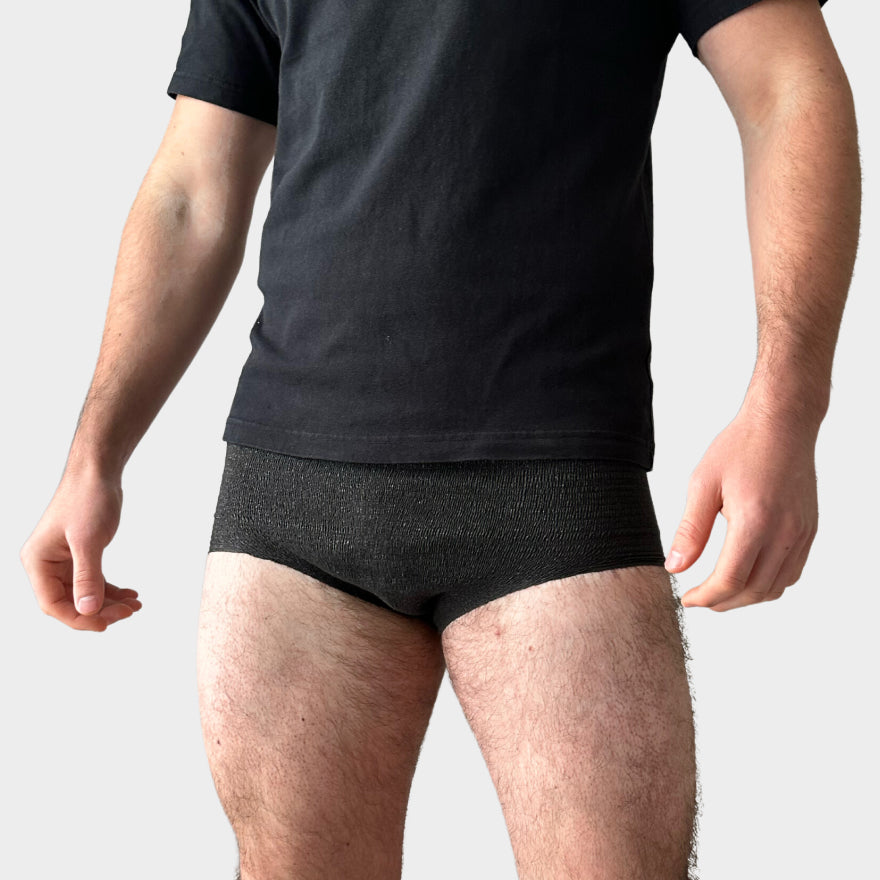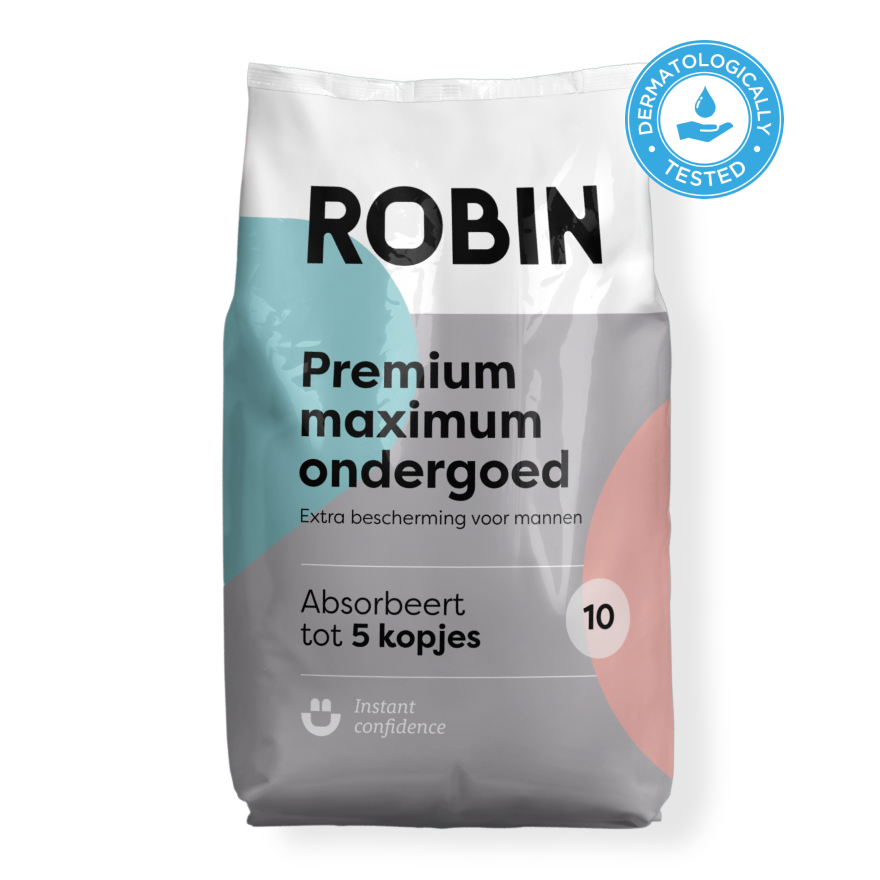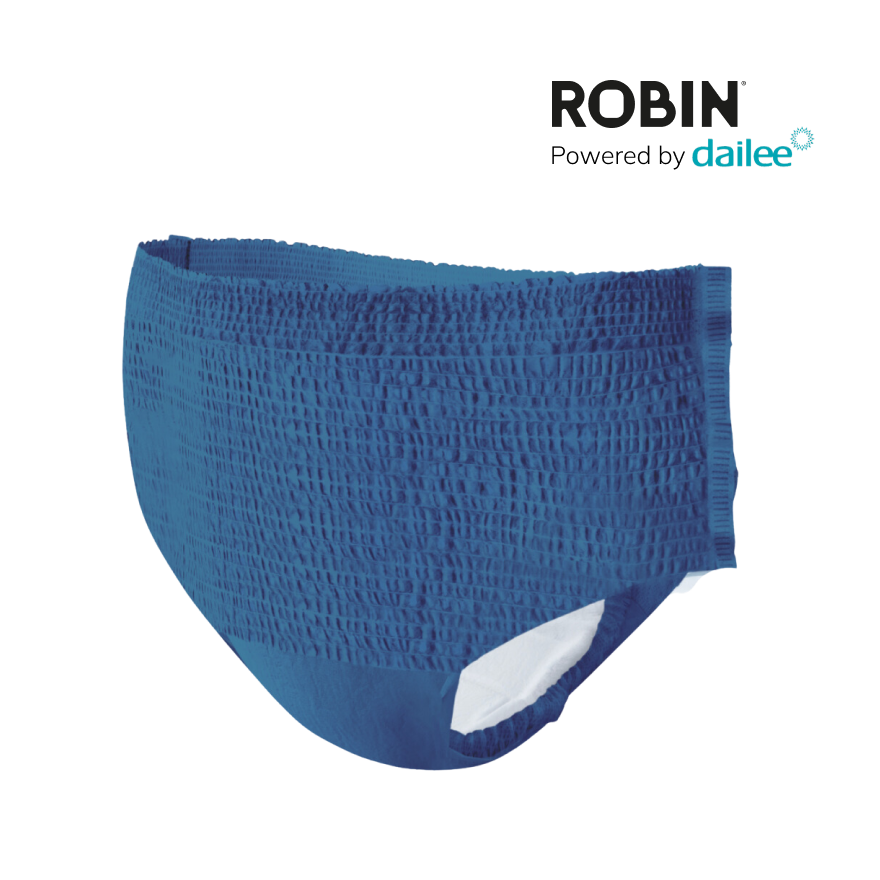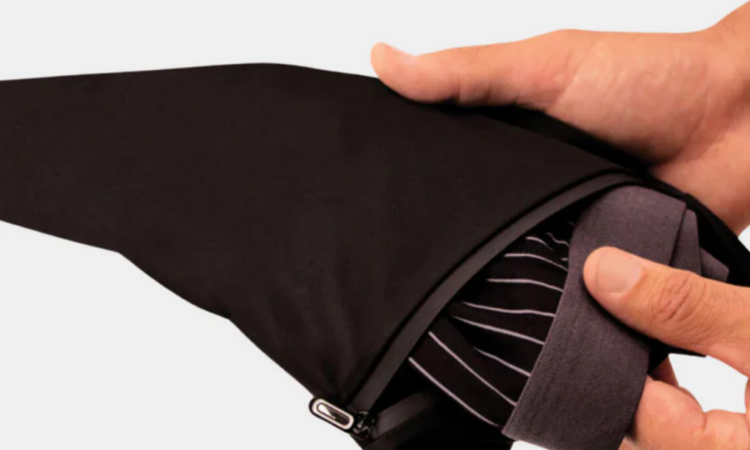Incontinence is a common problem that can affect people of all ages and can take many different forms. In this article, we will outline the different types of incontinence, including stress incontinence, urge incontinence, overflow incontinence, functional incontinence, fecal incontinence, and total incontinence, as well as the causes, symptoms, and treatment options for each.
1. Stress incontinence
Stress incontinence occurs when pressure is placed on the bladder during activities such as coughing, sneezing, laughing, lifting, or exercising, resulting in the involuntary loss of urine. This form of incontinence is often caused by weakened pelvic floor muscles or damaged pelvic floor tissues and is more common in women, especially after childbirth or during menopause.
Symptoms:
- Involuntary loss of urine when laughing, coughing, sneezing or lifting.
Treatment options:
- Pelvic floor exercises.
- Surgical procedures such as the Burch procedure or TVT procedure.
- Wear incontinence products.
2. Urge incontinence
Urge incontinence , also known as urge incontinence, occurs when there is a sudden, strong urge to urinate that is difficult to control, causing urine leakage before reaching the toilet. This type of incontinence is often caused by an overactive bladder or bladder control problems.
Symptoms:
- Sudden, intense urge to urinate.
- Inability to resist the urge and urine leakage.
Treatment options:
- Bladder training.
- Medication to reduce bladder activity.
- Behavioral and lifestyle changes.
3. Overflow incontinence
Overflow incontinence occurs when the bladder is unable to empty completely, causing urine to leak as the bladder overflows. This form of incontinence is often caused by an underlying condition that disrupts normal bladder function, such as an enlarged prostate in men, bladder stones, or neurological conditions.
Symptoms:
- Constant dribbling of urine.
- Difficulty starting or stopping urine flow.
Treatment options:
- Catheterization.
- Medication to relax bladder muscles.
- Surgical procedures to remove obstructions.
4. Functional incontinence
Functional incontinence occurs when a person is unable to get to the toilet in a timely manner due to physical or cognitive limitations, despite the fact that the bladder is functioning normally. This form of incontinence is often seen in the elderly or those with mobility problems or cognitive impairment.
Symptoms:
- Inability to get to the toilet in time.
- Involuntary loss of urine due to delay in reaching the toilet.
Treatment options:
- Environmental adjustments to facilitate access to the toilet.
- Planning toilet breaks.
- Help from healthcare providers.
5. Fecal incontinence
Fecal incontinence , also known as fecal incontinence, occurs when a person loses control of bowel movements and involuntarily leaks stool. This form of incontinence can be caused by a variety of factors, including muscle damage, nerve damage, bowel disease, or surgical procedures.
Symptoms:
- Involuntary loss of stool.
- Difficulty controlling bowel movements.
Treatment options:
- Diet and lifestyle changes.
- Pelvic floor exercises.
- Medication or surgical intervention.
6. Total Incontinence
Total incontinence refers to the inability to control both urine and feces, resulting in constant leakage of both urine and feces. This form of incontinence is usually the result of serious underlying medical conditions or injuries, such as spinal cord injuries, neurological disorders, or congenital abnormalities.
Symptoms:
- Constant leakage of urine and feces.
- Severe limitations in daily life.
Treatment options:
- Individually tailored treatment plans.
- Continuous care and support.
- In some cases, surgical procedures or medical devices.
Conclusion
Incontinence can take many forms and is caused by a variety of underlying factors. It is important to make the correct diagnosis and create a personalized treatment plan to effectively manage symptoms and improve patients’ quality of life.
